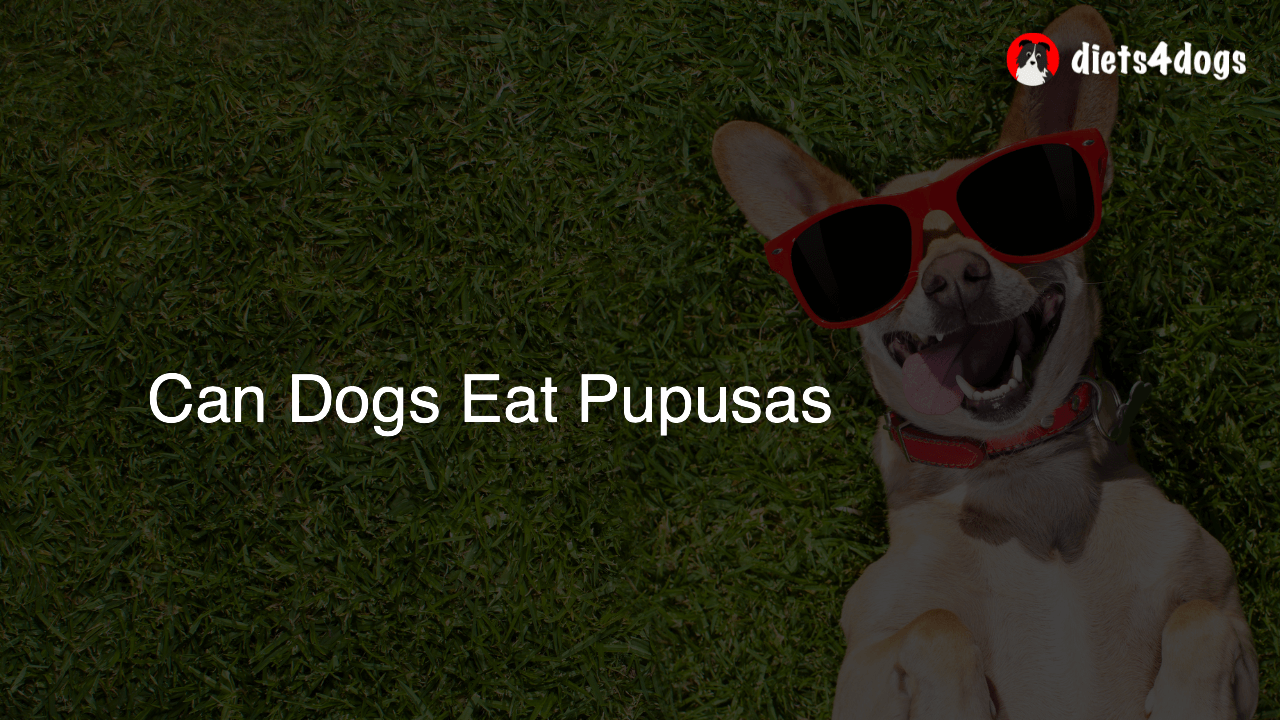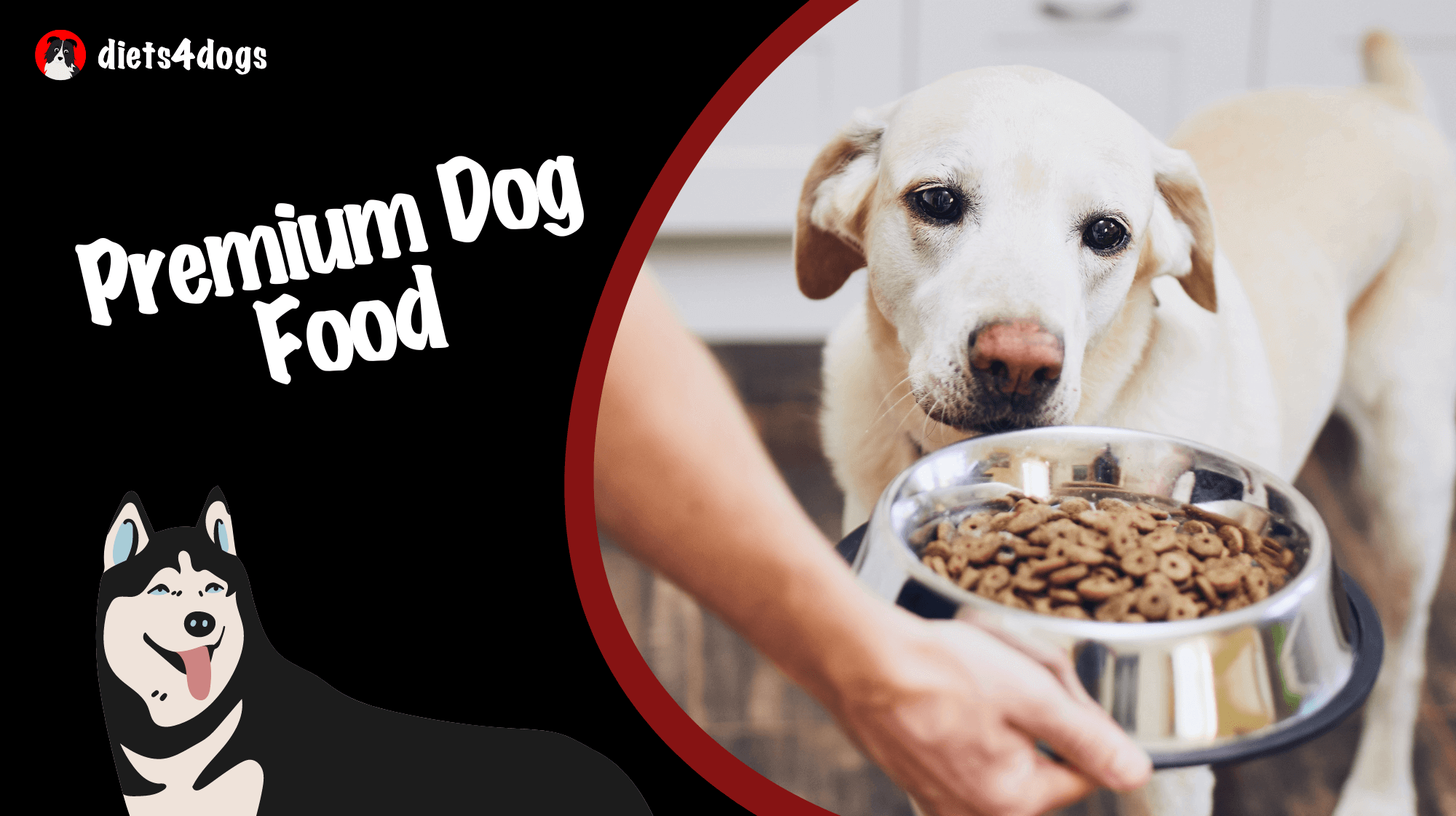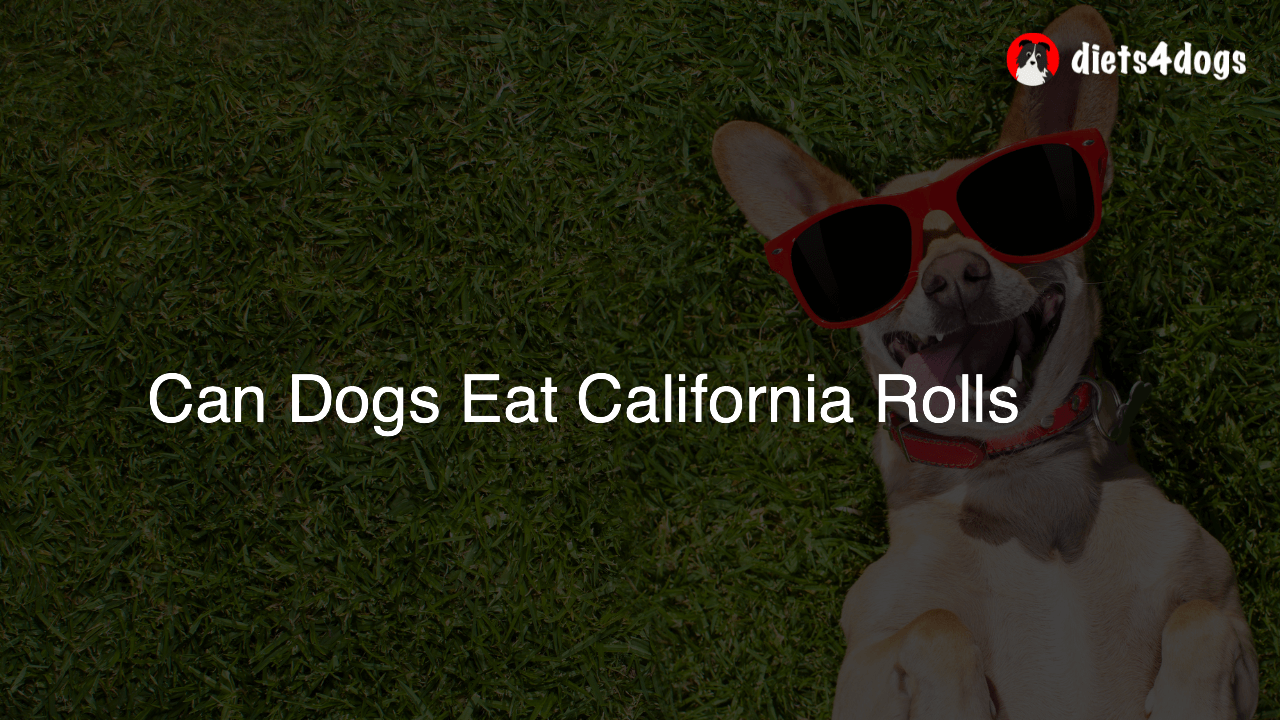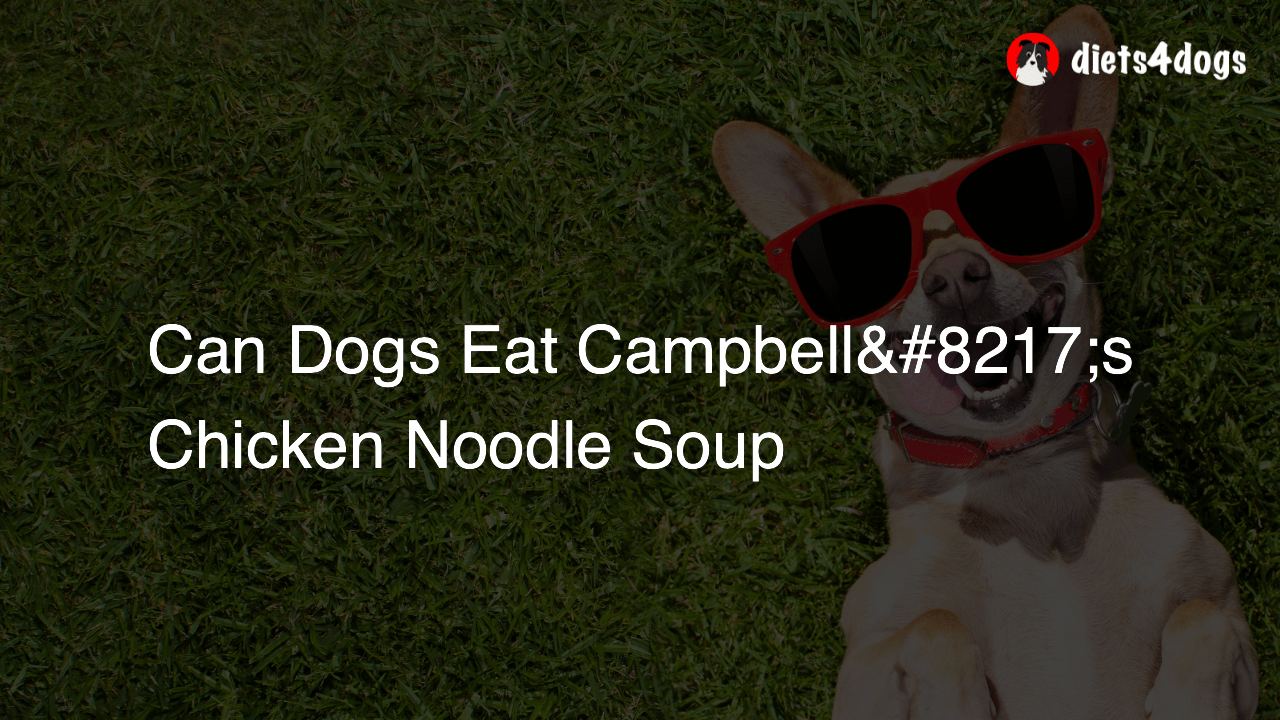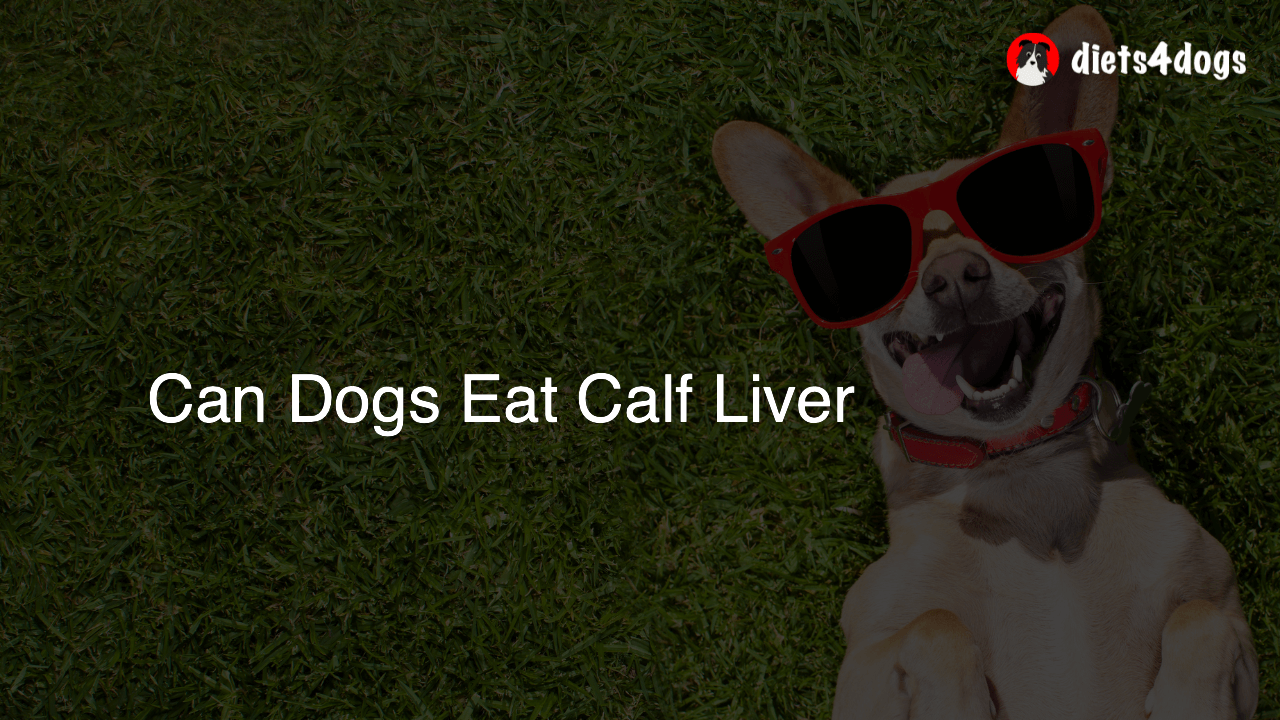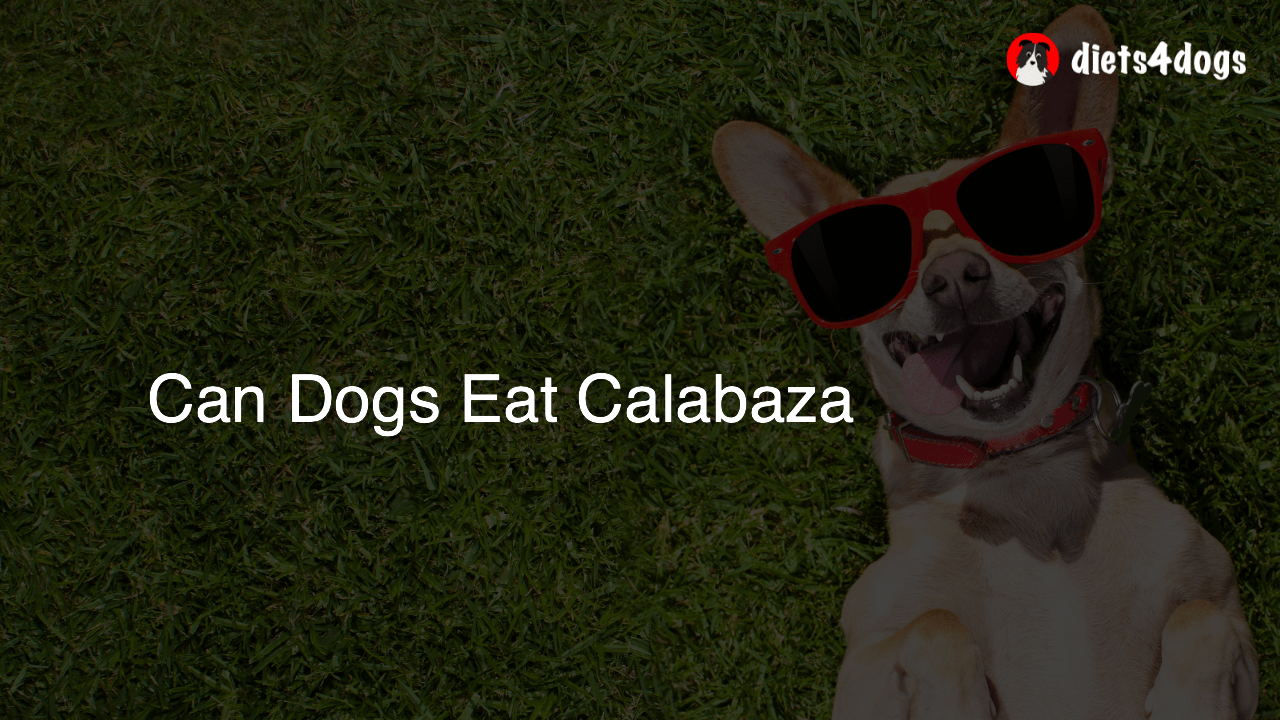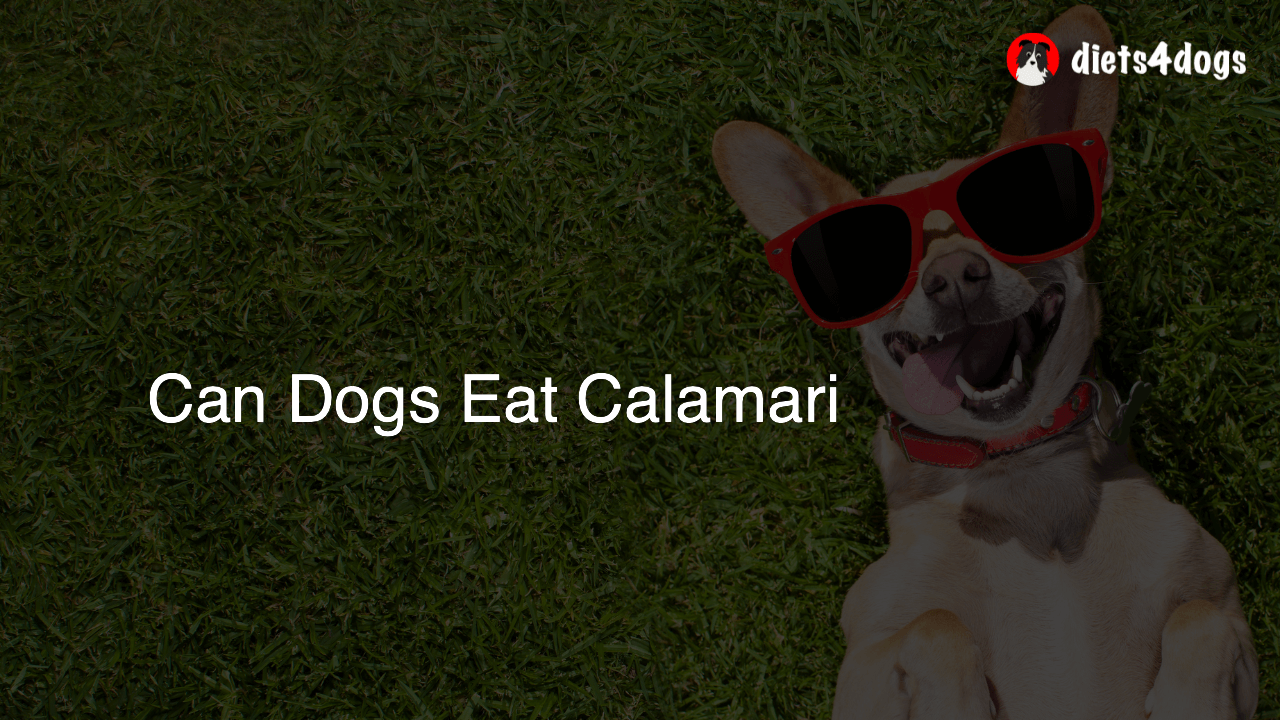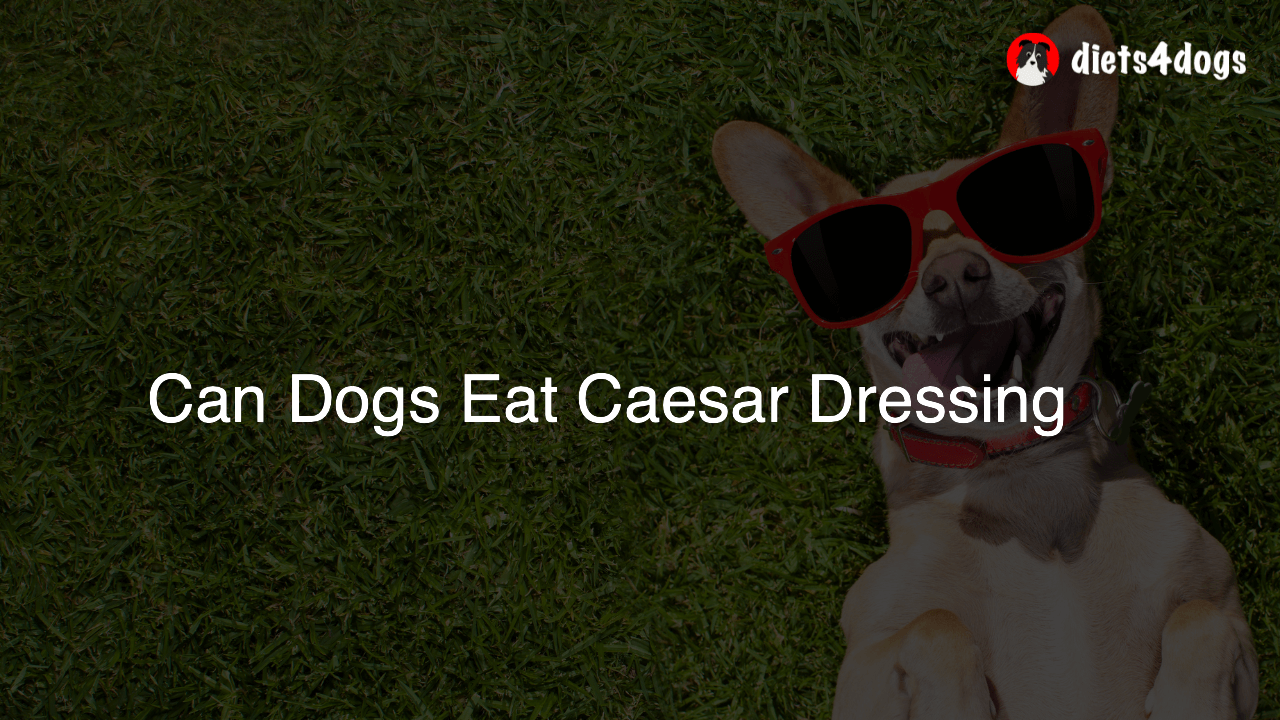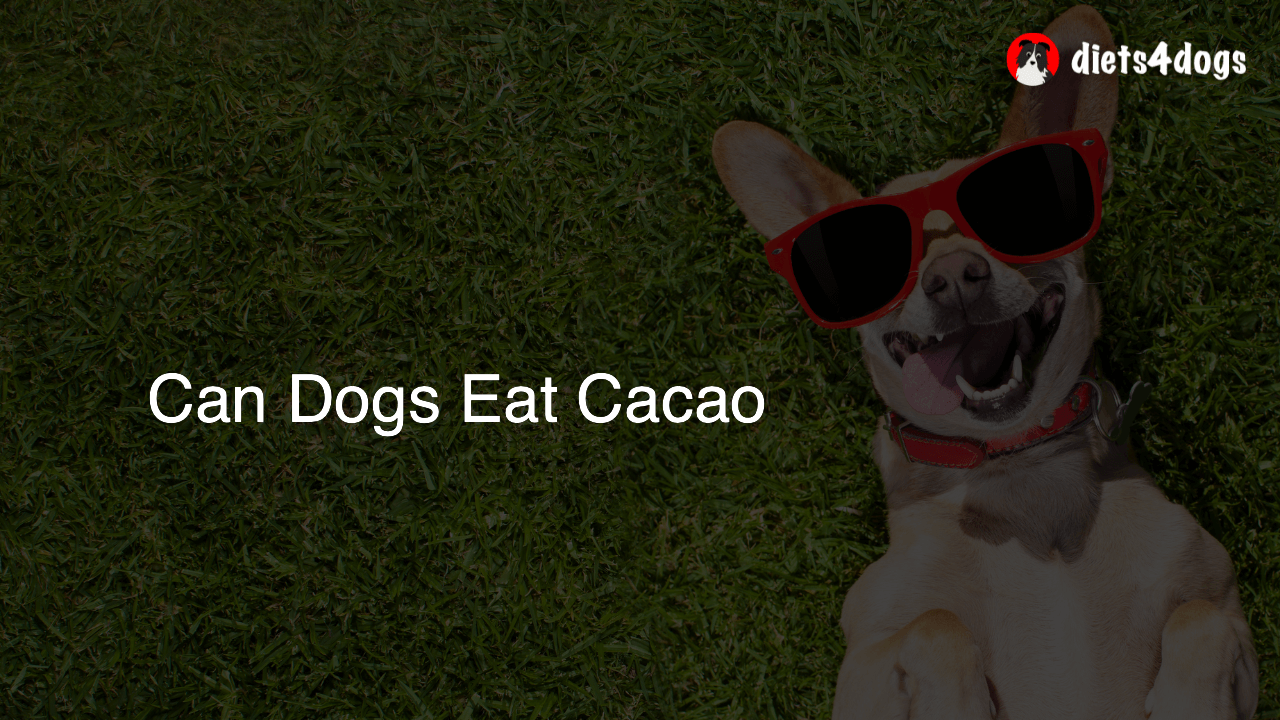Can Dogs Eat Pupusas
It is not recommended for dogs to eat pupusas because they often contain ingredients that can cause issues for your dog. Pupusas are stuffed with various fillings like cheese, meats, beans, and even vegetables like onions, which can be harmful to dogs. Additionally, the dough is usually made with masa harina, which isn’t an ideal food for dogs, and the oil used for frying pupusas may lead to digestive upset. In sum, while a small taste might not be harmful, it’s best to avoid feeding pupusas to your dog.
Introduction to Pupusas
Pupusas, a traditional Salvadoran dish, have become increasingly popular across the globe due to their unique flavors and versatility. These tasty stuffed corn tortillas typically contain a mix of ingredients like cheese, meats, beans, and various vegetables. While their appeal to human taste buds is undeniable, many pet owners can’t help but wonder, “Can dogs eat pupusas?” In this blog post, we’ll dive deep into the world of pupusas and their suitability (or unsuitability) for our canine companions.
Ingredients: A Closer Look at Pupusas
To determine if pupusas are a safe food option for dogs, it’s essential to understand the common ingredients used in these savory snacks. Typically, a pupusa includes:
Masa Harina
Masa harina, the corn-based dough used to make pupusas, isn’t inherently harmful to dogs, but it also doesn’t add any nutritional value to their diet. Dogs don’t require grains and carbohydrates like humans do, so it’s best to keep masa-based treats to a minimum.
Filling Ingredients
A wide range of fillings can be found in pupusas, but some are far less dog-friendly than others. For instance, meat fillings like pork or chicken may be acceptable for dogs when offered in small quantities, but processed meats high in salt and spices can cause health issues. Cheese is another standard pupusa filling – and while some dogs can handle limited amounts of cheese, others may experience gastrointestinal issues related to lactose intolerance. Refried beans are also used in pupusas, but it’s pertinent to note that they can lead to gas and indigestion in dogs.
Potential Health Hazards
Some pupusas might contain onion or garlic, which should raise red flags for pet owners. Both ingredients are toxic to dogs and can cause severe health issues or even death in large quantities. Vegetables like zucchini or spinach might appear in some pupusas, but these typically aren’t a concern for dogs when properly prepared and offered in moderation.
The Verdict: Can Dogs Eat Pupusas?
After sifting through the various ingredients and their potential effects on dogs, it becomes clear that feeding pupusas to your dog is not recommended. Along with the risk posed by specific fillings like onions, garlic, heavily processed meats, and cheese, you should also consider the oil typically used to cook pupusas. High-fat, fried foods can easily cause stomach upset or pancreatitis in dogs, making pupusas an even less desirable treat for our furry friends.
Dog Food Alternatives to Pupusas
Instead of pupusas, there are countless dog-friendly options available that cater to your furry friend’s nutritional needs without compromising their health. High-quality commercial dog food made with natural ingredients or homemade, vet-approved meals can offer balanced nutrition tailored specifically for your dog’s well-being.
Healthy DIY Dog Treats
For those seeking a more hands-on approach, consider whipping up some homemade pet treats using dog-safe ingredients such as lean meats, vegetables (avoiding onions and garlic), and dog-friendly grains like rice or oatmeal. Always be mindful of portion sizes and discuss potential recipes with your veterinarian to ensure you’re offering the best possible nutrition for your pup.
In Summary
When it comes to the question of whether dogs can eat pupusas or not, the answer is resounding no due to potential risks associated with certain ingredients and the fried nature of the dish. Instead, opt for high-quality dog food and treats designed specifically for your pet’s dietary needs. By doing so, you’ll be taking a proactive step toward keeping your beloved canine companion healthy and happy.
Understanding Dog Food Allergies and Sensitivities
Unfortunately, some dogs may develop allergies, sensitivities, or intolerances to certain ingredients found in pupusas and other dishes. It’s essential to recognize the signs and symptoms of potential dog food allergies, which can include itching, skin inflammation, vomiting, and diarrhea. Feeding your dog unknown or potentially problematic foods like pupusas may exacerbate any pre-existing allergies, while introducing new allergens.
Reading Pet Food Labels
To ensure that you’re providing your dog with the best possible nutrition, it’s essential to become familiar with reading pet food labels. Look for dog foods that are formulated to meet the nutritional requirements established by the Association of American Feed Control Officials (AAFCO). These guidelines help ensure that your dog is receiving all necessary nutrients and ingredients to promote overall health and well-being.
Deciphering Ingredient Lists
The order in which ingredients are listed on pet food labels is determined by their weight, with the heaviest components listed at the top of the list. Be on the lookout for high-quality protein sources, healthy carbohydrates, as well as vitamins and minerals tailored to your dog’s specific needs. By choosing an optimal dog food, you’ll safeguard your pet from potential issues that can arise from unconventional foods like pupusas.
Introducing New Foods Safely
If you’re interested in testing new, dog-safe dishes for your furry friend, it’s crucial to do so safely and with moderation. Gradually introduce any new food alongside your dog’s usual diet, starting with small amounts and closely monitoring their reaction. This practice helps prevent sudden digestive issues or food-related allergies.
When to Consult Your Veterinarian
While many foods are safe for your dog, it’s always a good idea to consult with your veterinarian before introducing new ingredients or dishes into your pet’s diet. Your vet can guide you on proper nutrition, food portion sizes, and any specific dietary restrictions your dog may have, ensuring their overall health and well-being. In case your dog consumes anything potentially dangerous, such as pupusas filled with onion or other harmful ingredients, contact your veterinarian immediately for guidance and treatment options.
Recipe Ideas for Homemade Dog Treats
Interested in providing your dog with homemade treats that are both safe and nutritious? Here are a few simple recipes to try:
Simple Peanut Butter Dog Treats
- 2 cups whole wheat flour
- 1/2 cup peanut butter (make sure it’s xylitol-free)
- 2 eggs
- 1/4 cup water
Combine ingredients, roll out dough, and cut into shapes using a cookie cutter before baking at 350°F (175°C) for approximately 20 minutes. Allow to cool before serving to your pup.
Sweet Potato Dog Chews
- 1 large sweet potato, washed and dried
Slice the sweet potato into long, thin strips, and spread them out on a lined baking sheet. Bake at 250°F (120°C) for about 3 hours, turning the chews halfway through the cooking time. Allow the chews to cool completely before offering them to your pup.
By sticking to vet-approved, dog-safe recipes, you can satisfy your pet’s cravings while ensuring a balanced diet that promotes their health and happiness.
Frequently Asked Questions
We understand you may have additional questions about feeding your dog human foods like pupusas. In this FAQ section, we’ll answer some common queries to help you make informed decisions about your dog’s diet. Here are the 10 most frequently asked questions and answers on this topic:
1. My dog accidentally ate a pupusa. What should I do?
If your dog accidentally consumes a small amount of pupusa, monitor them closely for any signs of distress or adverse reactions, such as vomiting, diarrhea, or lethargy. If you know the pupusa contained harmful ingredients like onions or large amounts of garlic, contact your veterinarian immediately for guidance on the appropriate course of action.
2. Are there any human foods that I can safely share with my dog?
Many human foods can be safely shared with dogs in moderation. Examples include lean meats, cooked chicken or turkey (without bones), plain rice, some fruits (like strawberries, blueberries, and apples), and vegetables (like carrots, green beans, or peas). Ensure that the shared foods do not contain harmful ingredients and are not heavily seasoned or spiced.
3. How can I make homemade dog treats?
Homemade dog treats can be made using simple, dog-safe ingredients such as whole wheat flour, peanut butter (without xylitol), eggs, and water. Another option is making sweet potato chews by thinly slicing a large sweet potato and baking the slices at a low temperature. Experiment with various recipes and always consult your veterinarian before introducing new treats into your dog’s diet.
4. How can I determine if a certain human food is safe for my dog?
When considering if a specific human food is safe for your dog, research any potential risks or known dangers associated with the ingredients. Consult your veterinarian for guidance or refer to reputable sources that provide information on dog-safe and unsafe foods. When in doubt, it’s best to avoid sharing the food with your pet.
5. Can dogs eat plain tortillas?
Dogs can safely consume small amounts of plain, unsalted corn or flour tortillas. However, as tortillas do not provide any significant nutritional value for dogs, it’s best to keep the consumption minimal and focus on balanced, species-specific nutrition.
6. Are there any common ingredients in human foods that are harmful to dogs?
Yes, some common ingredients found in human foods can be harmful or even toxic to dogs. Examples are chocolate, grapes, raisins, onions, garlic, and the sugar substitute xylitol. Be aware of the contents of the foods you’re considering sharing with your dog and always prioritize their safety.
7. Can dogs have dairy products?
Some dogs can tolerate small amounts of dairy products like plain yogurt, cottage cheese, or small amounts of regular cheese. However, many dogs are lactose intolerant and may experience gastrointestinal issues after consuming dairy products. Proceed with caution and limit the quantity when offering dairy products to your dog.
8. How should I introduce new foods to my dog’s diet?
When introducing new foods to your dog’s diet, do so gradually and start with small amounts alongside their regular food. Monitor your dog for any adverse reactions or digestive issues. If the food is causing problems or not being well-tolerated, discontinue use and consult your veterinarian as needed.

